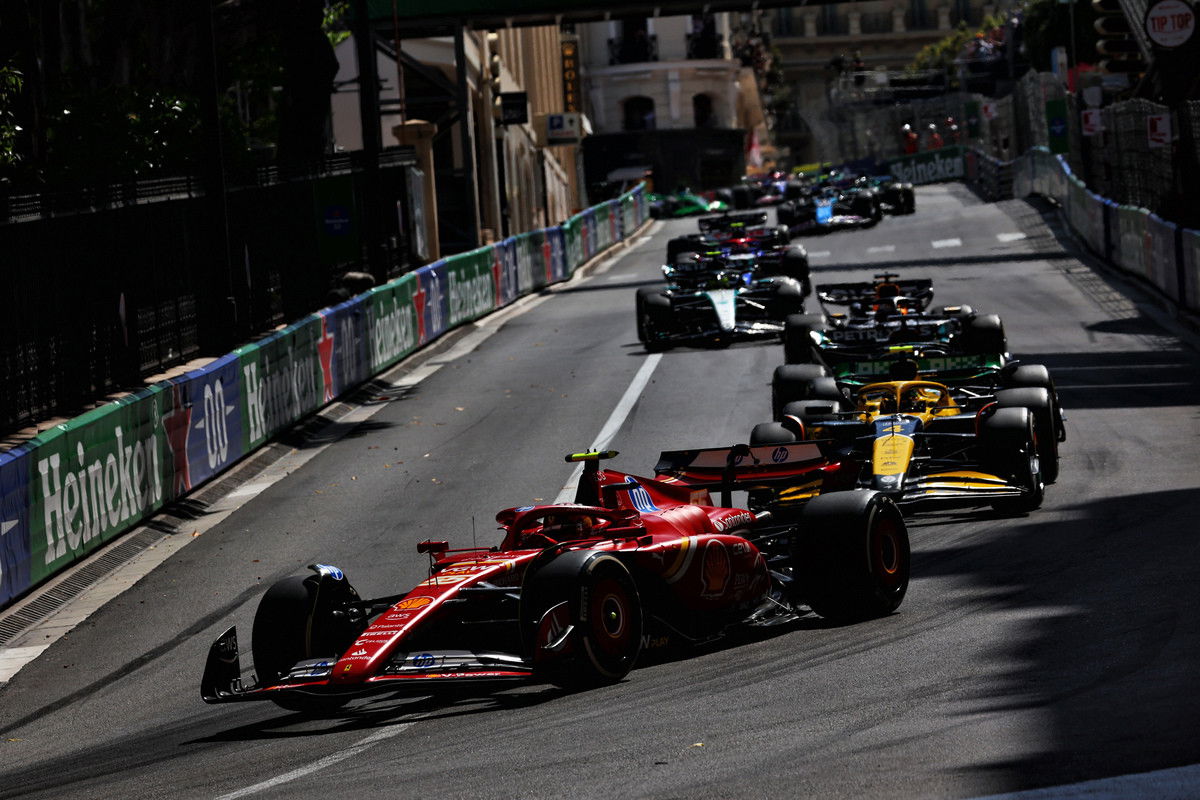

The Formula 1 Commission met in London on Tuesday and discussed a range of potential rule changes, with some set to be implemented immediately.
Most notable is the removal of limitations surrounding gearboxes, which will come into effect for 2025.
Up until last season, teams were limited to five gearbox cases and cassettes per car based on a 24-race calendar.
The same figure governed specific gearbox elements including driveline, gearchange components, and auxiliary components under ‘restricted-number components’ limitations.
If a driver exceeded that allowance they were handed a five-place grid penalty.
Following the F1 Commission meeting, it has been agreed to strike gearboxes from the list of restricted-number components.
As a result, teams will be free to use as many elements as they choose with the FIA noting that “the reliability of current designs renders this restriction obsolete.”
Also on the technical front, the FIA confirmed changes will be made to the way front and rear wings will be tested.
Flexible wings became a talking point again in 2024 with a Technical Directive introduced in an effort to clamp down on the practice for 2025.
That will see tougher rear wing tests from the start of the season with revised front wing deflection checks to be introduced at the Spanish Grand Prix.
It’s a move that comes after McLaren and Mercedes exploited flexible wings to the fullest last year, with the former asked to modify the design of its rear wings following the Azerbaijan Grand Prix.
However, arguably the most radical suggestion out of the F1 Commission meeting came with regard to the Monaco Grand Prix.
Set to remain on the calendar until at least 2031, the Monaco GP has long been a processional affair.
That has previously seen suggestions to modify the circuit in an effort to improve racing on a circuit that has remained fundamentally unchanged since first used in 1929.
With modern cars larger and more reliant on aerodynamics than ever, a circuit on which overtaking was always difficult has become effectively impossible.
Those circuit modifications thus far proving unviable, the F1 Commission is instead considering sporting measures to improve the spectacle.
“With the aim of promoting better racing at the Monaco Grand Prix, the commission discussed proposals for Monaco-specific regulations,” the FIA revealed.
“The commission agreed to increase the numbers of mandatory pit stops in the Race.
“These proposals will be further discussed by the Sporting Advisory Committee in the coming weeks.”
Under the current regulations, there is technically no mandatory pit stop requirement in Formula 1.
However, there is a requirement to use two different tyre compounds, a requirement that compels drivers to pit at least once (during a green flag race).
A mandatory pit stop rule would be a first in Formula 1 as the sport works to find ways to keep the iconic Monaco GP viable.
While event-specific rules are not unheard of in F1 history, regulations across events have largely been standardised in the sport’s modern eras – the pit lane speed limit the only real variant of note.
The obvious exception to that in Monaco, with the event almost 50km shorter than any other race on the calendar.
Where most events run a lap after the lap on which the leader completes 300 kilometres of racing, the Monaco GP is only 260km in distance.
It’s an anachronism that can be tracked back to 1967 and the death of Lorenzo Bandini.
To that point, the race featured 100 laps of a 3.145km version of the circuit (it did not feature the Swimming Pool or La Rascasse complexes).
That was slashed to 80 laps for 1968 however as part of the response to Bandini’s fatal crash with the race distance remaining largely unchanged ever since.




















Discussion about this post